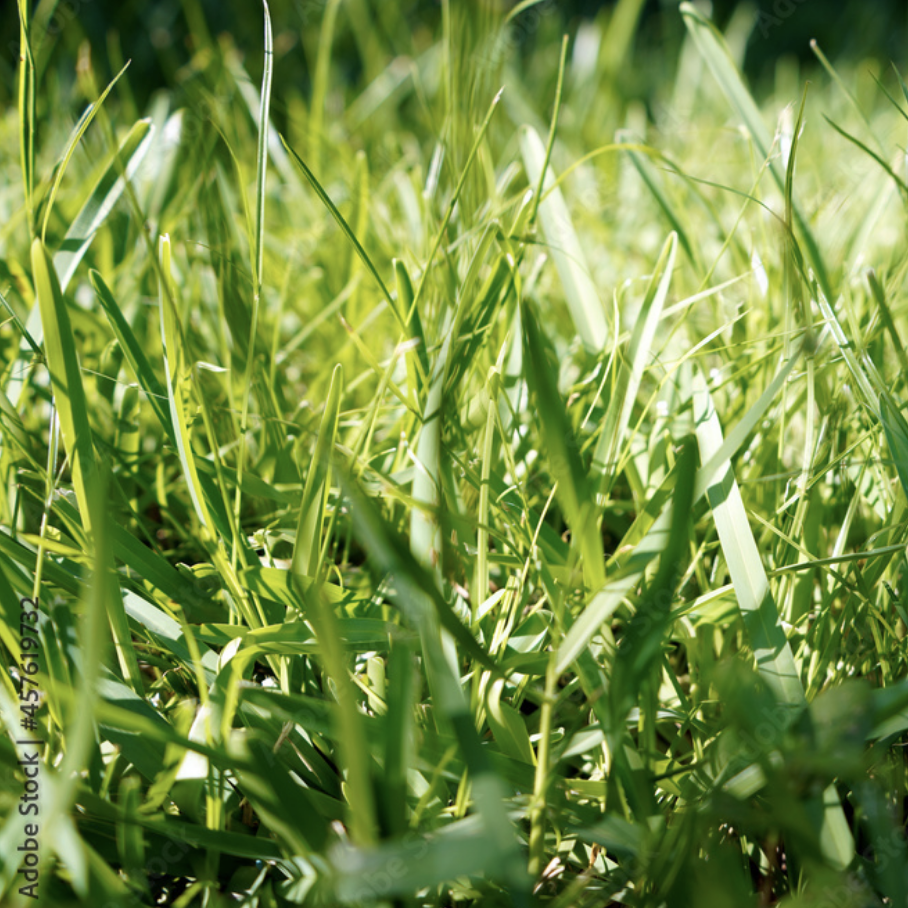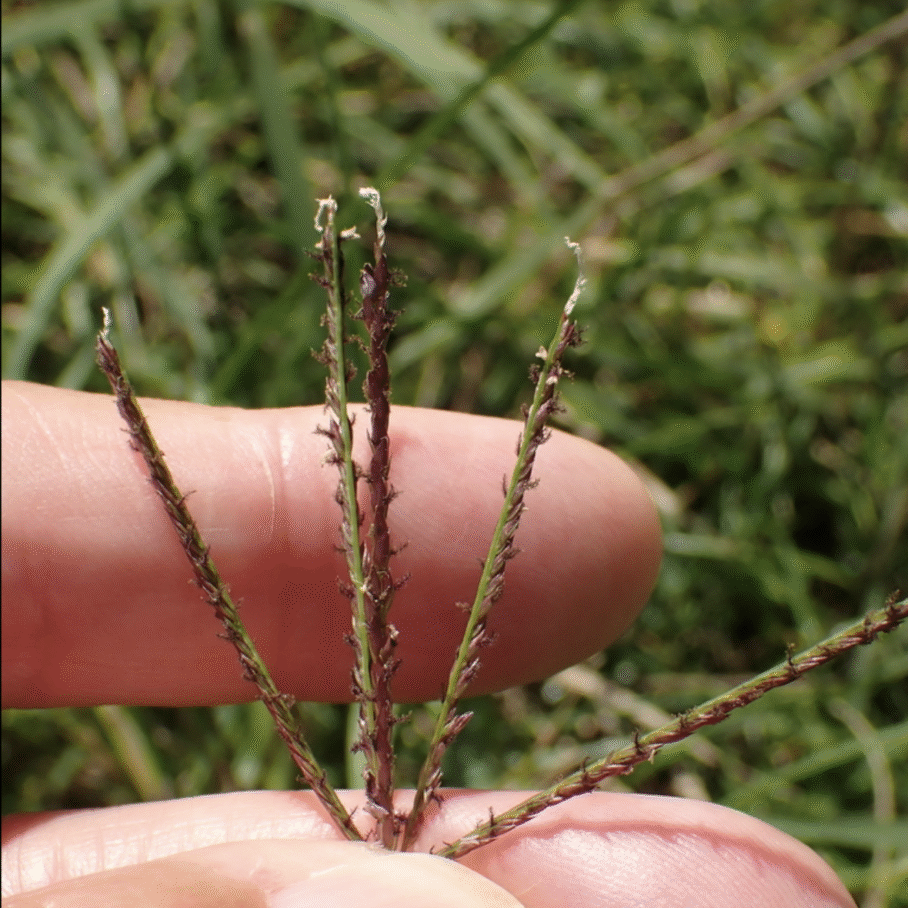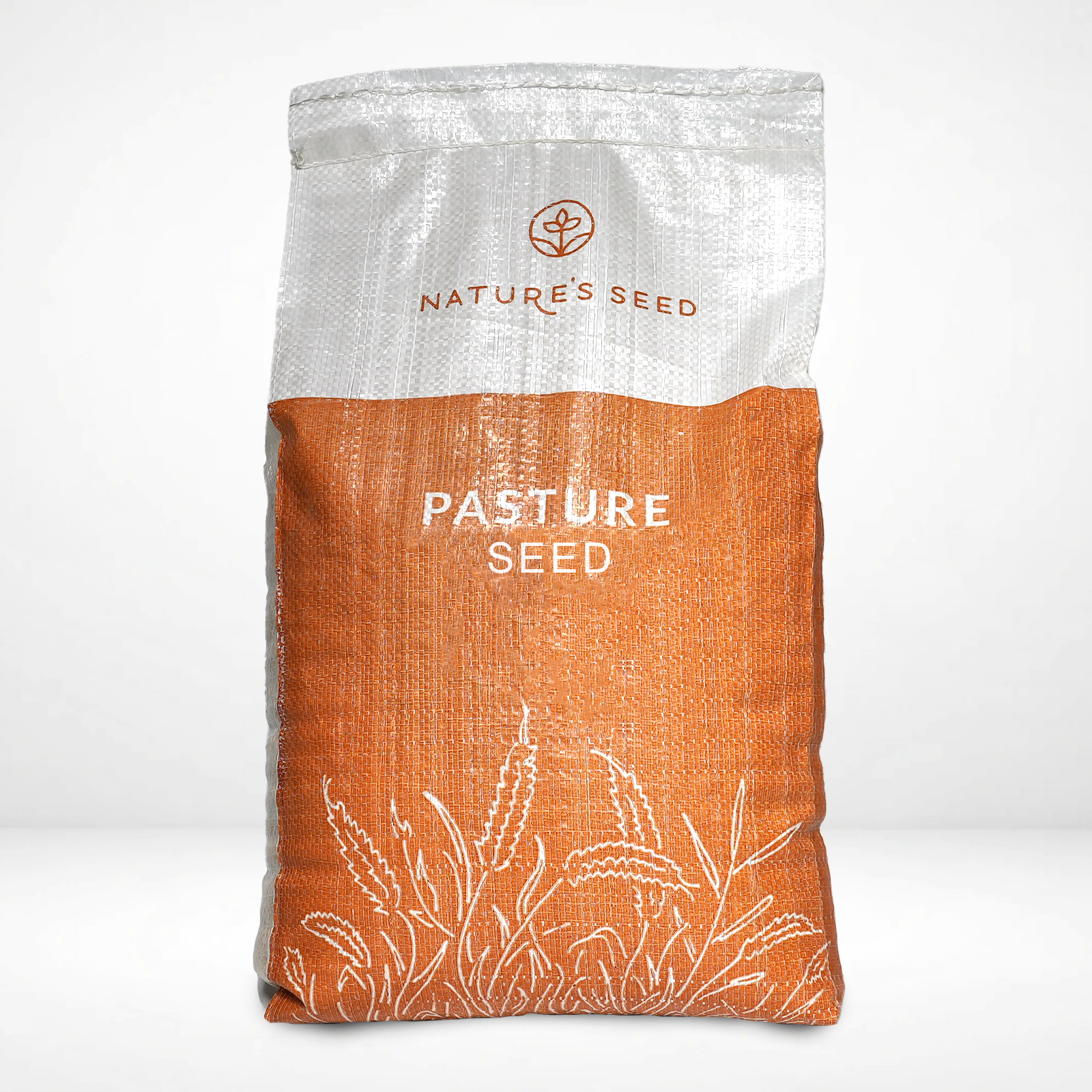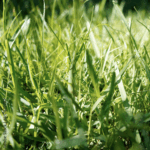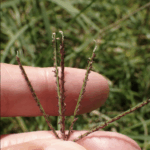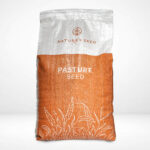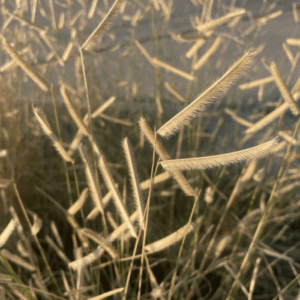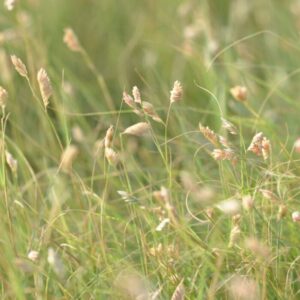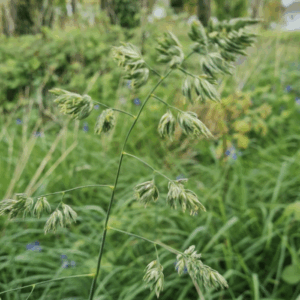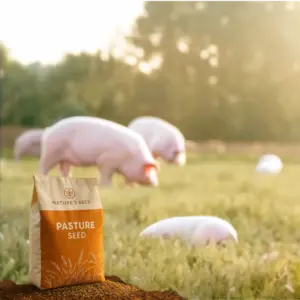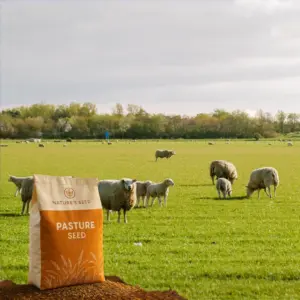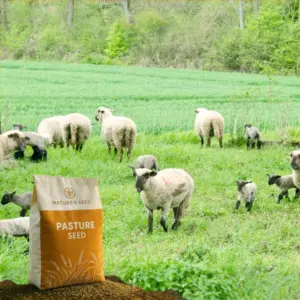What is Bermuda grass?
Bermuda grass (Cynodon dactylon) is a warm-season perennial forage grass valued for its resilience and summer grazing value. It thrives in hot, dry conditions with minimal water and regrows quickly after heavy grazing. Ideal for cattle, sheep, and goat pasture, it delivers lush summer forage, superior erosion control, and adapts well across warm U.S. regions (Southeast, Plains, Southwest). Bermudagrass grows aggressively and is known to spread beyond its original seeding location, so be careful to plant it away from flower beds, gardens, or conservation areas with native plants.
Specifications
Sun Requirement
Full sun
Soil Preference
Prefers deep, fertile, well-drained soils
Soil pH
~5.5–7.5
Time to Maturity
~8–12 weeks
Height when mature
up to 12–18 inches
Seeding Rate
20 lbs/acre
Planting Depth
1/4 inches
Bermudagrass
Cynodon dactylon | SKU: PG-CYDA
- Cattle
- Poultry
- Sheep
- Horse
- Bison
- Alpaca/Llama
Does This Product Grow Well in Your Region?
Check your region
Select Quantity
Why Choose This Seed?

Drought Tolerance
Bermuda grass has exceptional drought resistance. Its deep rhizomes allow it to survive extended dry periods (even 6–7 months of little moisture). Once established, it stays green and grows with minimal rainfall, making it ideal for low-water pastures.

Low Maintenance
As a perennial sod-former, Bermuda requires little care after establishment. It self-spreads via stolons/rhizomes to fill bare spots. It remains weed-free and traffic-resistant in lawns or pastures, and tolerates low soil fertility (though it responds positively to nitrogen).
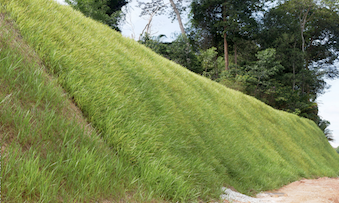
Erosion Control
The vigorous root and rhizome system of Bermuda grass binds soil strongly. This makes it effective on riverbanks, slopes, and disturbed areas: its dense cover and deep roots protect against runoff and hold soil in place.
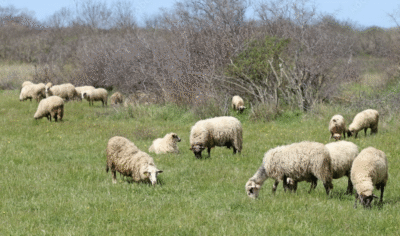
Grazing Resilience
Bermudagrass is among the most grazing-tolerant forage grasses. It withstands close, frequent defoliation and trampling. Proper grazing (or mowing) down to about 4–6 inches promotes new tillers; it regrows quickly under rotational grazing, allowing multiple summer grazing cycles.
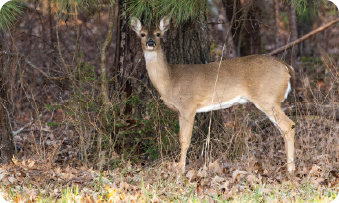
Wildlife Habitat
Bermuda fields provide browse and cover for wildlife. Deer and gamebirds feed on the tender shoots and seeds of Bermuda in open pastures. Its dense growth also shelters ground-nesting birds and beneficial insects.
Seed Description
Product Details
Sun/Shade
Full sun
Height
12–18 inches
Seeding Rate
20 lbs/acre
Uses
Land Reclamation, Agriculture, Cover Crop, Turf, Erosion Control, Commercial Beautification
Color
Light green
Water
Light green
Native/Introduced
introduced
Life Form
Perennial stoloniferous grass
Product Uses
Versatile usage
Ideal for grazing, hay, erosion control, wildlife habitat, silvopasture, and sod-based crop rotations
Low disease & pest susceptibility
Generally free from serious insects and diseases—fewer pest-related management headaches
Extended grazing season
Diploid cultivars (like Pensacola) regrow early and sustain forage production longer
Acceptable forage quality
Rotational grazing strategies significantly improve yields and maintain nutritional value
Questions & Answers
What is Bermuda grass and why do farmers plant it?
Bermudagrass (Cynodon dactylon) is a warm-season perennial grass originally from Africa/Asia. Farmers plant it for summer forage because it grows vigorously in hot weather when cool-season grasses slow down. It spreads via stolons and rhizomes to form a dense sod. Key benefits are its drought resistance and ability to recover quickly from heavy grazing, making it a reliable pasture in warm, dry U.S. regions.
How good is Bermuda grass as forage?
Bermuda grass provides fair to good forage with proper management. Young, fertilized stands can reach ~8–12% crude protein, though older mature stands are lower (~6–8%). Digestibility is moderate. It is best for beef cattle, sheep, goats, and other grazing livestock. High-producing dairy cows often need supplemental protein when on Bermuda. Overall, it yields large volumes of summer forage, and quality improves with nitrogen fertilization and frequent cutting or grazing.
When and how should I plant Bermuda grass seed?
Prepare a firm, weed-free seedbed. Plant in late spring or early summer after all danger of frost, when soil temperatures are consistently above ~68–70°F. Broadcast or drill seed at about 3–5 lbs per acre (more if broadcasting). Cover seed lightly (¼–½ in deep) and keep it moist until germination. Under ideal warm conditions, seedlings appear in about 7–14 days. Avoid planting in cooler weather, as Bermuda requires warm soil to sprout.
How much water does Bermuda grass need?
Bermuda grass is very drought-tolerant once established. It can survive on as little as ~20–25 inches of rainfall per year by going semi-dormant. In contrast, it can thrive with irrigation or higher rainfall (up to 68 inches). In practice, about 1 inch of water per week during summer will support active growth; beyond that, extra water yields diminishing returns. Its deep root system and native adaptation allow it to maintain growth under dry conditions that would stress cool-season grasses.
How should I manage grazing on Bermuda grass?
Use rotational or controlled grazing and avoid overgrazing. Grazing (or mowing) should start when plants reach ~8–12 inches tall and leave at least 4–6 inches of stubble. This height helps maintain tillering and stand vigor. Intensive rotational grazing (frequent moves) or cutting every 4–6 weeks keeps the grass in a leafy stage and prevents quality loss. Bermuda tolerates close grazing well, but letting it get too tall before grazing can reduce its nutritive value. After grazing, allow rest for regrowth before returning livestock.
Can Bermuda grass be used for lawns or landscaping?
Yes – many turf-type Bermuda cultivars are used for lawns, sports fields, and other landscapes in warm regions. It creates a lush green lawn in summer, tolerating heavy foot traffic and drought. It’s often chosen for its low maintenance and hardiness. However, common (non-turf) Bermuda has a coarser texture. Crucially, Bermuda requires full sun (it will die in shade) and will go dormant (brown) in cool weather. It is best in southern climates where winter browning is acceptable.
Still have
questions?
Our planting experts
are here to help.
Call Us
801 770 4141
8 AM–5 PM
Monday–Friday
Reviews
Bermuda grass (Cynodon dactylon) is a warm-season perennial forage grass prized for rugged resilience and summer grazing value. It thrives in hot, dry conditions with minimal water and regrows quickly after heavy grazing. Ideal for cattle, sheep and goat pasture, it delivers lush summer forage, superior erosion control, and adapts well across warm U.S. regions (Southeast, Plains, Southwest).
| Dimensions | 1 in |
|---|---|
| Sun/Shade | |
| Est Rate | |
| Height |
1' – 3' |
| Seeding Rate | |
| Uses | , , , , , , |
| Color | , , |
| Water | |
| Native | |
| Life Form | |
| Lowest price | |
| Pounds | , , |
| Coverage Area | , , |
